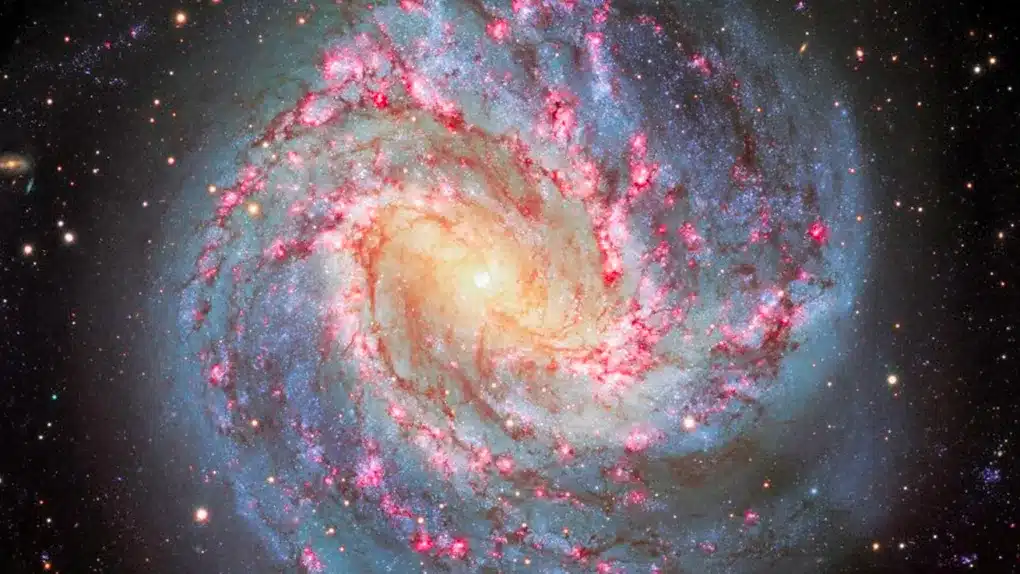New Insights into Cosmic Evolution

Recent research has unveiled intriguing findings about the universe’s evolution. A team from the University of Pennsylvania, led by Joshua Kim and Mathew Madhavacheril, collaborated with experts from Lawrence Berkeley National Laboratory. They analyzed data from two significant cosmic surveys: the Atacama Cosmology Telescope (ACT) and the Dark Energy Spectroscopic Instrument (DESI). Their work suggests that the universe may have developed in a more complex manner than previously understood. This study highlights a small but notable discrepancy in the expected distribution of cosmic structures, particularly over the last four billion years.
Cosmic Observations and Findings
The study, published in the Journal of Cosmology and Astroparticle Physics, combines data from ACT and DESI to create a detailed picture of cosmic evolution. ACT focuses on the cosmic microwave background (CMB) lensing data, which provides insights into the universe’s early stages. This data captures faint light from approximately 380,000 years after the Big Bang. Meanwhile, DESI maps the three-dimensional distribution of millions of galaxies, helping researchers understand how cosmic structures formed in more recent epochs.
By overlaying these two datasets, the researchers were able to identify a potential deviation in the expected clumpiness of matter in the universe. This clumpiness is measured using a key metric known as Sigma 8 (σ8), which indicates density fluctuations. The findings suggest a lower-than-expected σ8 value, implying that cosmic structures may not have formed in line with predictions made by standard cosmological models based on early-universe conditions. This revelation raises questions about our understanding of cosmic evolution and the forces at play in shaping the universe.
Potential Implications and Future Research
Mathew Madhavacheril, an assistant professor at the University of Pennsylvania, commented on the significance of these findings. He noted that while the results generally align with Einstein’s theory of gravity, the minor discrepancy in clumpiness is noteworthy. Although this deviation is not statistically significant enough to confirm new physics, it certainly invites further exploration.
One hypothesis being considered is the role of dark energy. This mysterious force drives the universe’s accelerating expansion and may be influencing the formation of cosmic structures in unexpected ways. Future observations with advanced telescopes, such as the Simons Observatory, are anticipated to refine these measurements. Such advancements could provide a clearer understanding of cosmic evolution and help determine whether the observed discrepancy is merely an anomaly or indicative of a deeper, unrecognized mechanism in current cosmological models.
As researchers continue to gather data, they aim to clarify the implications of these findings. The ongoing investigation will help determine if the discrepancies observed are anomalies or if they signal a need to revise our understanding of the universe’s evolution.
Observer Voice is the one stop site for National, International news, Sports, Editor’s Choice, Art/culture contents, Quotes and much more. We also cover historical contents. Historical contents includes World History, Indian History, and what happened today. The website also covers Entertainment across the India and World.

